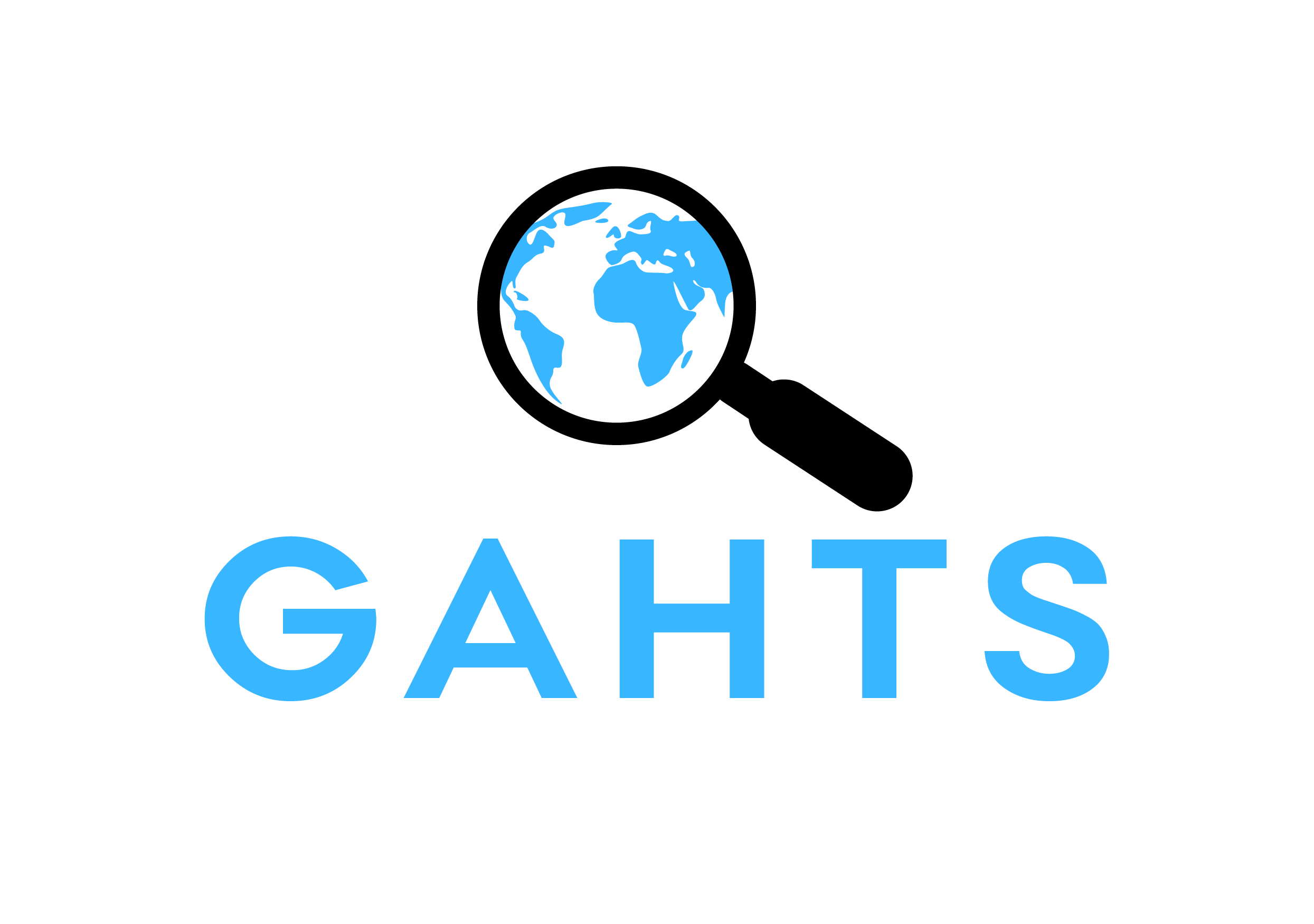Using U.S. Law-Enforcement Data: Promise and Limits in Measuring Human Trafficking
Authors: Farrell, Amy & Reichert, Jessica
Abstract: Over the past decade, federal, state, and local law enforcement have increasingly been called upon to identify and investigate human-trafficking offenses. Numerous efforts have been put in place to track incidents, arrests, and criminal offenses related to human trafficking. In response to directives from the William Wilberforce Trafficking Victims Protection Reauthorization Act (2008), the FBI added two new crime categories to the Uniform Crime Reporting Program (UCR) to capture commercial-sex acts and involuntary servitude. Additionally, in an effort to improve our understanding of the prevalence of human trafficking in the United States, state legislatures have begun to require the collection of data on human-trafficking offenses identified by criminal-justice officials. However, despite the promises of standardized data from law enforcement about human trafficking, the numbers of reported human-trafficking offenses and arrests have been low. In this article, we examine official counts of human trafficking collected by criminal-justice-system data programs. We draw on data from a survey of state crime-reporting agencies and case studies of human-trafficking crime reporting conducted in two U.S. states to explore the challenges that local police agencies face reporting human trafficking. Finally, we offer suggestions for improving officially reported data.
Keywords: crime reporting, human trafficking, police
